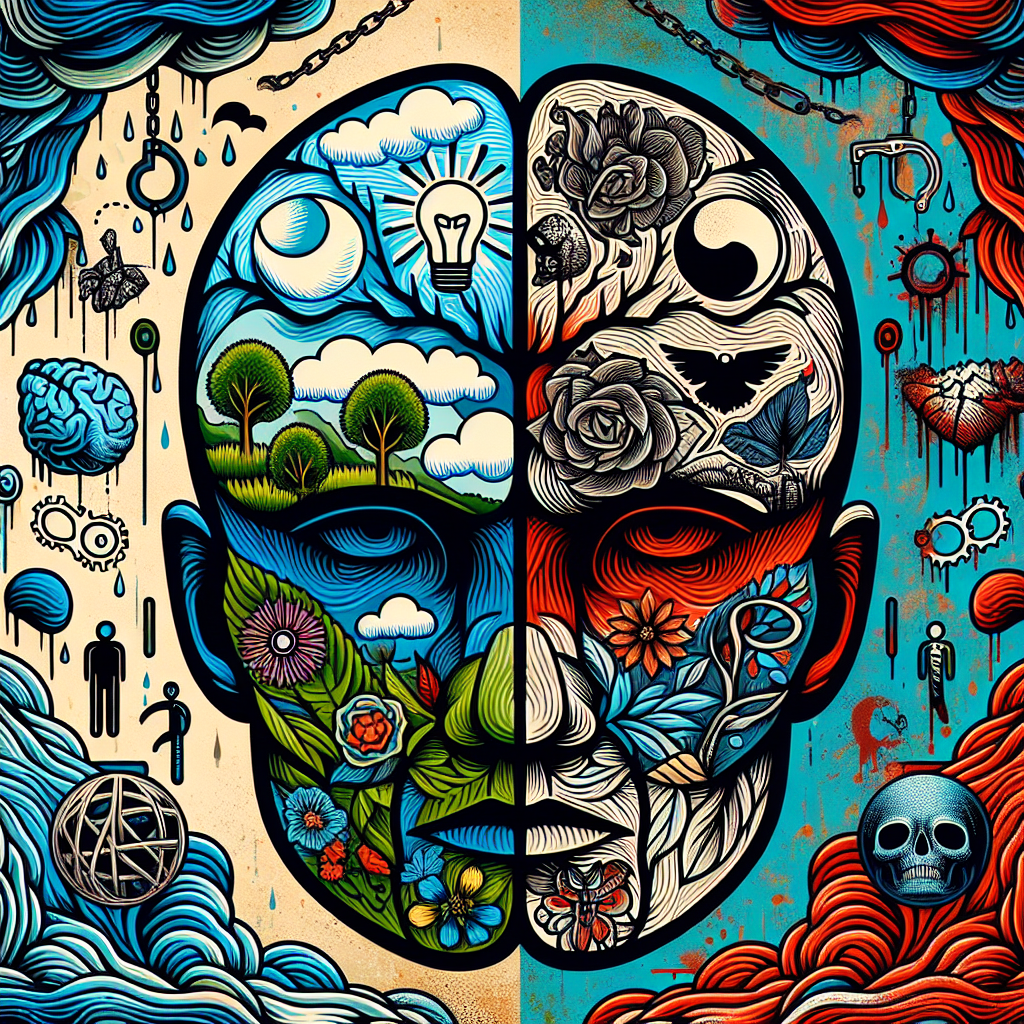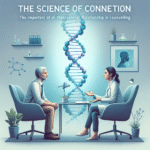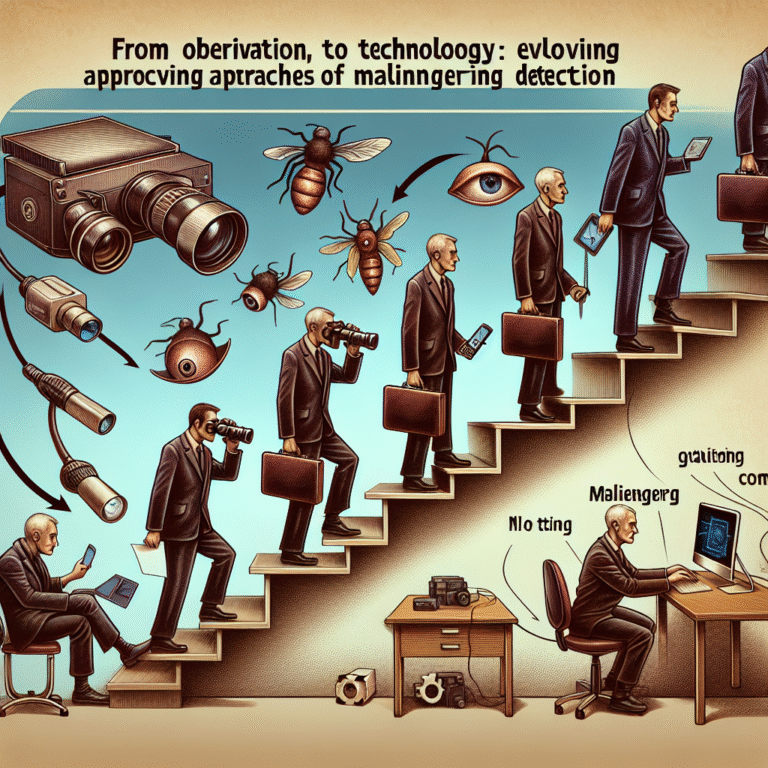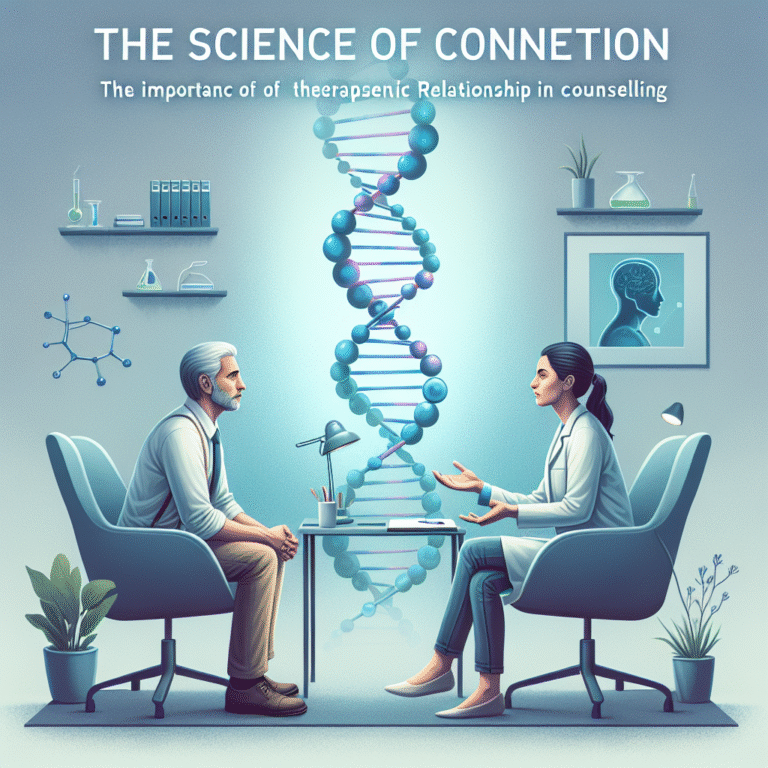
Introduction
Mental health is a topic that’s often shrouded in stigma, misunderstood, and rarely discussed openly. Yet, as we unravel the complexities of human behavior, particularly in the context of crime, the intersections of mental health and criminal activity become increasingly evident. In this in-depth exploration, "Mental Health and Crime: Breaking Down the Mindsets at Play," we will delve into the intricate relationship between mental health issues and criminal behavior, providing valuable insights, real-world case studies, and a better understanding of the mindsets that drive actions—both distraught and destructive.
The relevance of discussing mental health and its impact on crime is not just theoretical; it has tangible consequences for individuals, families, and society at large. Research indicates that mental illness can significantly increase the risk of engaging in criminal activities, while also influencing the judicial system’s response. As we dissect these issues, we will not only uncover the underlying mental frameworks at play but also highlight the importance of compassion, rehabilitation, and societal intervention.
Understanding the Basics: Mental Health and Crime
What is Mental Health?
To fully appreciate the interaction of mental health and crime, it is essential to comprehend what is meant by "mental health.” The World Health Organization (WHO) defines mental health as a state of well-being in which every individual realizes their potential, can cope with the normal stresses of life, can work productively and fruitfully, and can contribute to their community.
Mental health issues can vary significantly—from mood disorders like depression and bipolar disorder to severe conditions such as schizophrenia and personality disorders. Each disorder bears a unique influence on a person’s behavior and their potential for conflict with the law.
The Crime Spectrum
Crime encompasses a range of behaviors, from minor infractions to severe offenses like murder or assault. Understanding where mental health intersects with these behaviors is crucial. Certain conditions can lead individuals to act in ways that are not only harmful to themselves but also to others.
A 2021 study by the National Institute of Mental Health reported that about 25% of individuals with serious mental illness had been arrested at least once in their lives. This statistic raises important questions about societal views and the potential for policy changes that could better accommodate individuals with mental health challenges.
Diving Deeper: The Mindsets at Play
The Biopsychosocial Model
Understanding "Mental Health and Crime: Breaking Down the Mindsets at Play" requires us to look at the biopsychosocial model of health, which posits that biological, psychological, and social factors interact to influence mental health.
- Biological Factors: Genetic predispositions, neurochemistry, and even brain structure can play a role in influencing behavior.
- Psychological Factors: Trauma, personality traits, and cognitive distortions can significantly impact decision-making.
- Social Factors: Environment, socio-economic status, and cultural background can heavily influence how individuals perceive themselves and interact with the world.
Using this comprehensive model offers a clearer picture of why certain individuals may engage in criminal behavior and how those with mental health challenges can be rehabilitated.
Case Study: The Insanity Defense
One of the most well-known intersections of mental health and crime is the use of the insanity defense in court. This legal strategy is grounded in the understanding that mental illness can impair an individual’s ability to distinguish right from wrong.
Example Case: In 1981, John Hinckley Jr. attempted to assassinate President Ronald Reagan. Hinckley was found not guilty by reason of insanity, as he was diagnosed with delusional disorder. This case sparked discussions about public safety and mental health, emphasizing the need for a more nuanced understanding of accountability in relation to mental disorders.
Mental Illness as a Risk Factor
Certain mental illnesses are more commonly associated with criminal behavior. For example:
- Antisocial Personality Disorder (ASPD): Characterized by a disregard for others’ rights; people with ASPD are often involved in criminal activities.
- Substance Use Disorders: The interplay of addiction with mental health can lead to impulsive and aggressive behaviors.
- Psychotic Disorders: Conditions like schizophrenia can lead to disorganized thinking and impaired judgment, sometimes resulting in violent behavior.
Understanding these conditions gives us insight into the mindsets of those who may turn to crime as a misguided coping mechanism.
Societal Reactions and Perceptions
The Stigma of Mental Illness
The stigma associated with mental illness can worsen the challenges faced by individuals struggling with these conditions. Often portrayed in sensationalized ways by the media, those with mental health issues are sometimes unfairly linked to violent crime, intensifying fear and misunderstanding.
A 2019 survey revealed that over half of respondents believed that individuals with mental health conditions were more likely to commit violent acts than those without. This misconception can hinder efforts for advocacy and policy reforms aimed at creating humane treatment pathways rather than punitive measures.
Police and Crisis Responses
When law enforcement encounters individuals exhibiting traits of mental illness, the outcomes can vary greatly based on the officers’ training and departmental policies. For example:
- Crisis Intervention Teams (CIT): Some police departments have adopted these specialized units trained in de-escalation tactics to address situations involving individuals in mental health crises.
- Restorative Justice Programs: These approaches emphasize repair rather than punishment, offering mental health resources to offenders while including victims in the resolution process.
These innovative methods represent a shift away from the traditional punitive response to crime, acknowledging that many offenders require treatment rather than incarceration.
Case Study: The Evolving Role of Police
In 2018, the Rochester Police Department implemented a CIT program, which significantly reduced the need for force during encounters with individuals experiencing mental health crises. Over the course of two years, the rate of injuries to officers and civilians during these interactions dropped by 30%. This initiative illustrates the power of training and awareness in rewriting the narratives surrounding mental health and crime.
The Rehabilitation Spectrum
Approaches to Treatment
Understanding "Mental Health and Crime: Breaking Down the Mindsets at Play" would be incomplete without exploring how society can effectively intervene. Rehabilitation and treatment are paramount in addressing both conditions and behaviors that lead to criminal activity.
-
Psychotherapy and Counseling: One-on-one sessions with psychologists or counselors can help individuals develop coping mechanisms and address the root causes of their behaviors.
-
Medication Management: Some disorders require pharmaceutical interventions to help stabilize mood and thought processes, allowing for more rational decision-making.
- Supportive Housing Programs: Providing individuals with stable housing can serve as a protective factor, reducing the risk of re-offending while promoting mental well-being.
Case Study: The Mental Health Court
In many jurisdictions, mental health courts have emerged as an alternative to traditional criminal courts, focusing on treatment rather than punishment for individuals with mental health issues.
Example: The Los Angeles Mental Health Court, established in 2000, provides specialized oversight that emphasizes participant accountability and rehabilitative support. Research shows participants significantly reduce recidivism rates compared to those processed through conventional courts—demonstrating the effectiveness of addressing mental health needs within the criminal justice system.
The Ripple Effect on Families and Communities
Impact on Families
The consequences of criminal behavior tied to mental health do not just affect the individuals involved. Families often experience emotional and financial strain.
-
Stigmatization: Families of individuals with mental illness often face societal stigma, which can lead to isolation.
- Support Systems: Family members may struggle to find the resources they need to support their loved ones—and themselves.
By offering education, resources, and support networks, communities can better assist families navigating these complex situations.
Restorative Approaches
Restorative justice focuses on healing rather than punishment, offering pathways for offenders to make amends while addressing the mental health needs that may have underpinned their actions. This systemic approach fosters understanding and rehabilitation, benefiting entire communities.
Community Programs
Effective community intervention can make a profound difference:
-
Peer Support Programs: Utilizing individuals with lived experience to support others grappling with mental health challenges fosters a sense of connection and understanding.
- Education Initiatives: Schools and community centers can provide educational programs about mental health, helping to dismantle stigma and foster understanding.
Conclusion
Understanding "Mental Health and Crime: Breaking Down the Mindsets at Play" reveals the complex interplay between conditions, behavior, and societal reaction—a web that requires sensitivity, compassion, and informed action. We must recognize the impact of mental health on crime, fostering approaches that prioritize treatment and understanding rather than punishment.
As we move forward, it’s essential to advocate for more comprehensive mental health services, innovative policy changes, and community programs that support individuals in need. By doing so, we not only enhance public safety but also promote personal healing and growth, ultimately creating a more compassionate society for everyone.
FAQs
1. How are mental health and crime connected?
Mental health issues can increase the risk of criminal behavior. Factors such as cognitive distortions, impulsivity, and inadequate coping mechanisms make some individuals more vulnerable to engaging in illegal activities.
2. What approaches are available for individuals with mental health issues who commit crimes?
Approaches include mental health courts, psychotherapy, medication management, and supportive housing programs, all aimed at rehabilitation rather than punishment.
3. Is the public perception of mentally ill individuals as violent accurate?
Research shows that most individuals with mental health conditions are not violent. Stigmatizing beliefs lead to misunderstanding and can exacerbate societal fears surrounding these individuals.
4. How can communities better support those struggling with mental health issues related to crime?
Communities can establish resources like peer support networks, educational programs on mental health, and accessible treatment options to assist individuals and families.
5. What role does stigma play in the criminal justice process for individuals with mental health challenges?
Stigma can hinder treatment access and create barriers for individuals seeking help. It can also influence the judicial response, often leading to punitive measures instead of supportive interventions.
By comprehending the intricate ways mental health intertwines with the legal system, we can foster awareness and develop more holistic approaches that prioritize healing over punishment—ultimately paving the way for a healthier society.
















